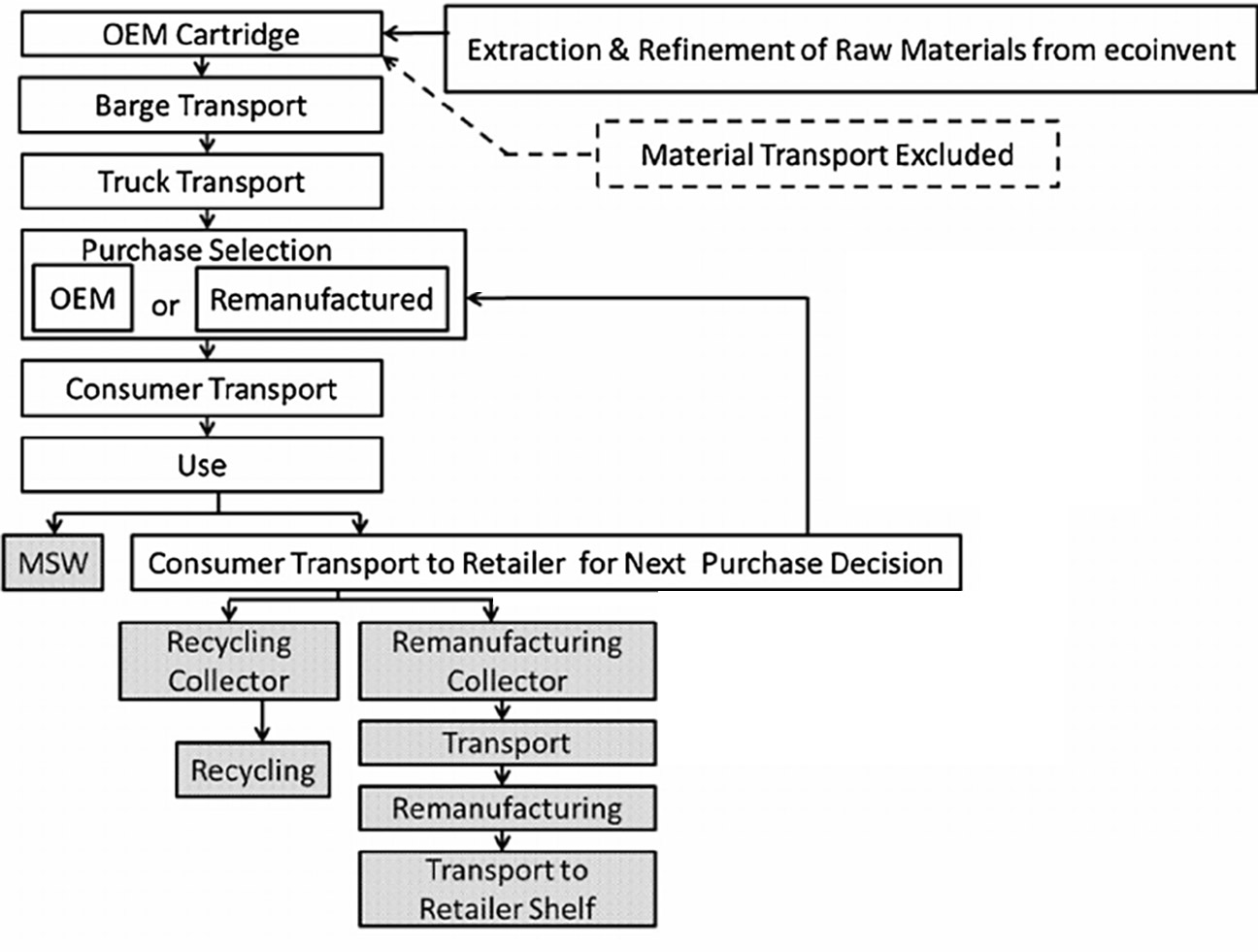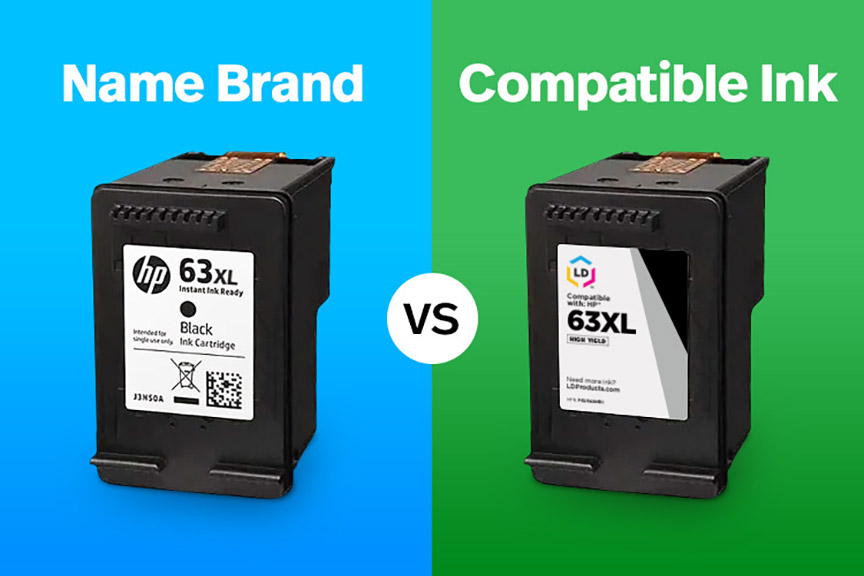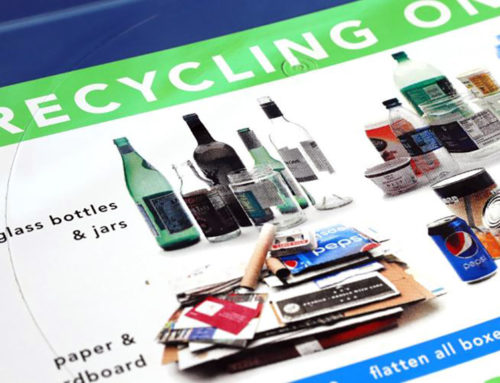In today’s world, where sustainability is at the forefront of many conversations, it’s crucial to scrutinize the environmental and economic impact of everyday products, including ink cartridges. While the convenience of single-use ink cartridges may seem appealing at first glance, the reality is far from eco-friendly or cost-effective. Let’s delve into the stark differences between compatible vs remanufactured OEM ink cartridges, and why choosing sustainable alternatives is paramount for a greener planet.
Environmental Damage of Single-Use Ink Cartridge Waste
The proliferation of single-use ink cartridges has led to a staggering amount of plastic waste polluting our landfills and oceans. These cartridges are typically made of non-biodegradable materials, such as plastic and metal, which take upwards of a thousand years to decompose. As a result, they contribute significantly to environmental degradation, wildlife harm, and ecosystem disruption. Moreover, the energy-intensive manufacturing process of these cartridges further exacerbates carbon emissions and resource depletion.
The Cost of Energy Use to Produce New Compatibles
Producing new compatible ink cartridges requires substantial energy consumption, from sourcing raw materials to manufacturing and distribution. This energy-intensive process not only contributes to greenhouse gas emissions but also places a strain on finite natural resources. Additionally, the transportation of these cartridges across vast distances further increases their carbon footprint, making them an unsustainable choice from an environmental standpoint.

The Potential Risks of Incompatibility and Malfunction
One of the inherent risks associated with compatible ink cartridges is their potential incompatibility and malfunction with printers. Unlike remanufactured OEM cartridges, which undergo rigorous testing and quality control measures to ensure compatibility and performance, compatible cartridges may lack the precision and reliability needed for optimal printing results. This can result in print errors, clogged printheads, and costly repairs, ultimately negating any perceived cost savings. It’s a big reality when pitting compatible vs. remanufactured ink cartirdges.
The Lack of Accountability for Stealing OEM Designs
Another concerning aspect of compatible ink cartridges is the lack of accountability among manufacturers who may engage in the unauthorized replication of OEM designs. By mimicking the design and specifications of genuine cartridges, these companies not only undermine the integrity of OEM products but also jeopardize the livelihood of legitimate remanufacturers. This practice not only leads to inferior quality products but also fosters a culture of intellectual property theft and market disruption.
Supporting the Remanufacturing Market and Promoting Sustainability
In contrast to single-use and compatible ink cartridges, remanufactured OEM cartridges offer a sustainable and cost-effective solution to printing needs. These cartridges undergo a meticulous refurbishment process, where components are cleaned, inspected, and replaced as needed to meet OEM standards. By supporting the remanufacturing market, consumers can contribute to the circular economy, reduce waste generation, and mitigate the environmental impact of printing.
In conclusion, the choice between compatible vs. remanufactured OEM ink cartridges extends beyond mere affordability and convenience—it’s a decision with far-reaching environmental and economic implications. By opting for sustainable alternatives and advocating for responsible consumption, we can collectively work towards a cleaner, greener future for generations to come.






